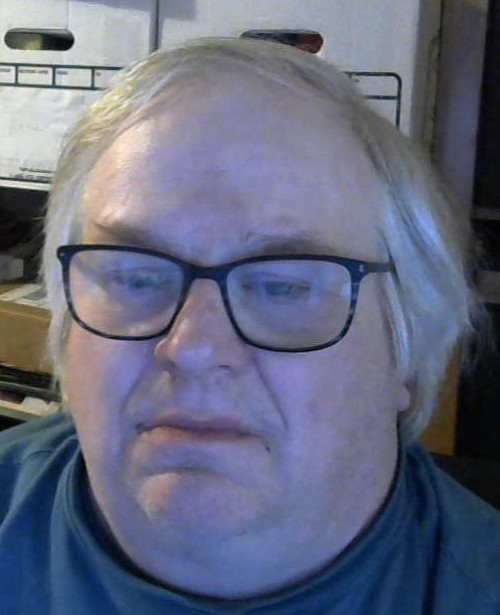from Dragon Magazine #139 (November 1988)
The Heavenly Horse from the Outermost West
Mary Stanton
Baen Books
The horses I’ve known were mostly working ranch animals, not the carefully trained and bred equestrian competitors featured in Mary Stanton’s novel. I suspect that explains why I disagree with the eight big-name authors who believe (according to the flyleaf) that The Heavenly Horse from the Outermost West is the greatest thing to hit fantasy since talking rabbits. Watership Down made talking rabbits respectable because author Richard Adams gave rabbits a culture they might have evolved for themselves. By contrast, Mary Stanton’s cosmology seems derivative; it portrays horse civilization as humans would create it, not as it might naturally arise. Her horses are extremely breed-conscious, and their supposedly pre-human religion has invented barns to house the evil Dark Horse. (Oddly enough, humanity itself is generally seen as benign.)
The story Stanton tells is good enough on its own terms, as various exceptional horses complicate the routine lives of the Bishop Farm herd. Shows, new foals, and children’s riding lessons take a back seat to the mystery surrounding Duchess, the visions of El Arat, and the mission of the Dancer. The author has a good ear for names, effectively matching rhythms of personality to those of description. And the plot flows clearly, if sometimes at uneven speed, toward the requisite confrontation that concludes the tale.
The premise, however, is ultimately one-dimensional. The quest to re-establish the Appaloosa bloodline is an equestrian’s invention; cow ponies, draft horses, and wild mavericks have little place in Stanton’s narrative, and their omission makes Heavenly Horse an incomplete portrait of the equine kingdom.
Veteran gamers may recall FGUs Bunnies & Burrows™ game (undoubtedly inspired by Watership Down) in which players took on rabbit identities. I can’t prove it, but I suspect that B&B game players soon found that realistic talking rabbits weren’t terribly exciting to play, while entertaining talking rabbits weren’t that different from elves and halflings. A similar moral may apply to The Heavenly Horse from the Outermost West. Structurally, the novel is a sound traditional fantasy, but that reliance on the classic mold severely undercuts its ability to succeed as a distinctively horsey tale.


